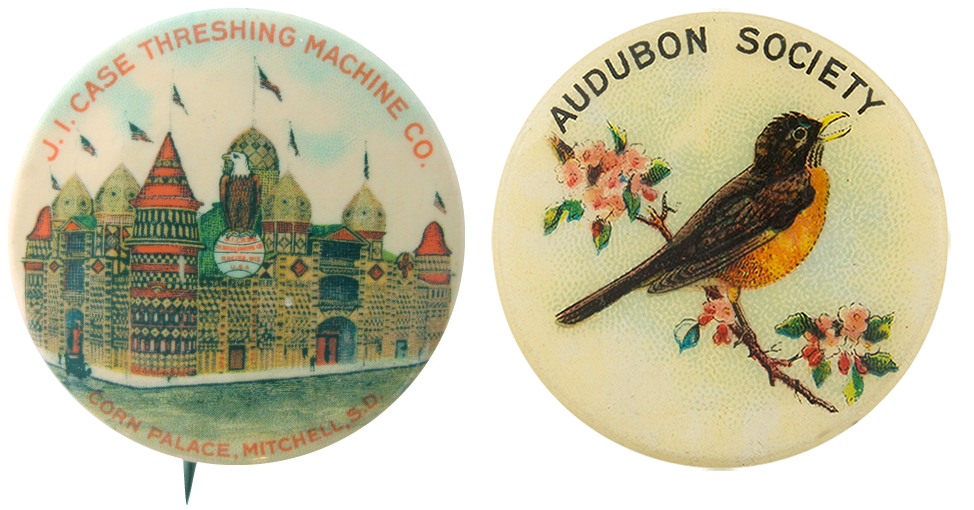
Founded in 1895, Bastian Company was incorporated as Bastian Bros. in Rochester, New York by Theron and Fredrick Bastian. They originally ran a jewelry store, but after buying the button, advertising, and specialty portion of the Pulver Chemical Co. began to manufacture lapel pins, buckles, knives, official badges, medals, and other items. By late 1915, the union shop moved to a modern building on 11 acres. Published for foreign trade commissions, the 1919 Book of Industrial Rochester touted the Bastain manufacturing facility's air conditioning, hospital facilities, open space and athletic fields for its 700 employees.
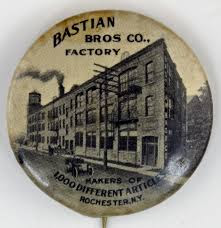
Bastian Bros. often fulfilled large orders for pinback buttons and other novelties. In 1929, Regal Doll Company ordered 300,000 eyes for its dolls. It refused to pay for the shipped order, saying the buttons were the wrong color and size. Yet Bastian, represented by Kenneth B. Keating (future U.S. Senator who lost his 1964 re-election campaign to Robert F. Kennedy), won more than $4,500 in a breach-of-contract lawsuit.
The company also had longtime employees and clients, including Alphonse Kolb, a master die maker for 60 years, and the Rochester Numismatic Association, which had Bastian make its club's presidential medals from 1921 to 1977. Until 1957, the company made class rings for universities such as Harvard, Yale, Princeton, Illinois, Wisconsin, Syracuse, and others.
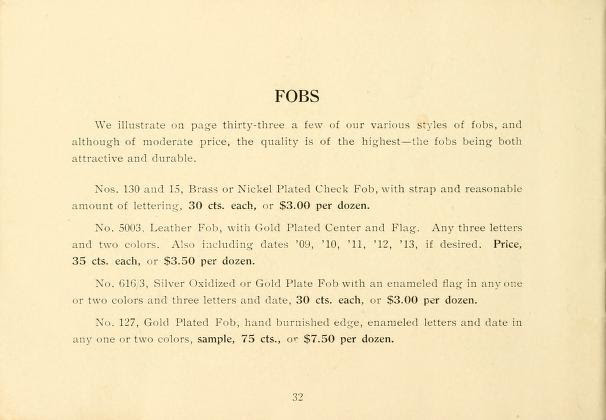
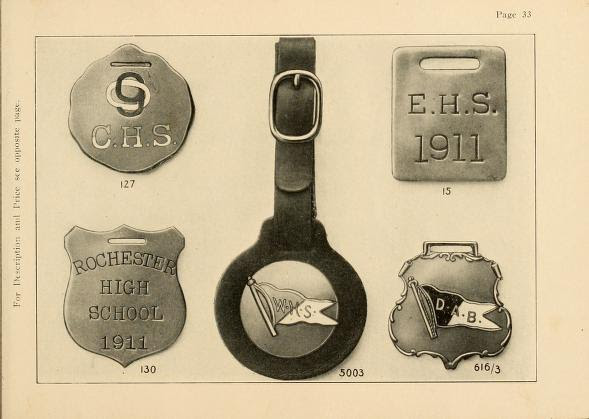
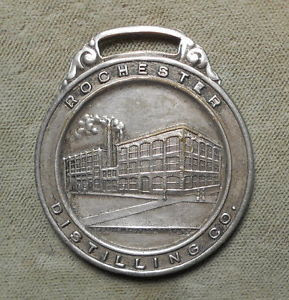
When Theron Bastian died in 1955, his son Hugh continued the family's connection with the company. In 1959, Bastian purchased Whitehead & Hoag, its foremost competitor in the pinback and novelty business, which had been in operation since 1892. Whitehead & Hoag's machines, dies, and tools were scrapped; even its records were destroyed. Bastian continued to use the Whitehead & Hoag name, phasing it out in 1964-65.
Bastian went public in February 1981, and the Metal Arts Company purchased an 89% stake in June. Yet in a few years, Metal Arts went bankrupt and sold the medal-minting portion of Bastian's business to a London firm. Metal Arts emerged from bankruptcy in 1988 and moved what remained of Bastian to Geneva, New York in 1991. The company continues to manufacture pins, buckles, artwork for automobiles and other items.
Source: Shilling, Donovan A. (2012).They Put Rochester on the Map: Personalities of Rochester's Past. Pancoast Publishing, Rochester, NY.
Source: Rochester Chamber of Commerce. (November 18, 1919). The Book of Industrial Rochester. RCC, Rochester, NY.
Source: Bastiancompany.com. (n.d.). Bastian Company Profile.
Source: Tedhake.com. (n.d.). Whitehead & Hoag Company History.
Buttons in the museum manufactured by Bastian Bros.
